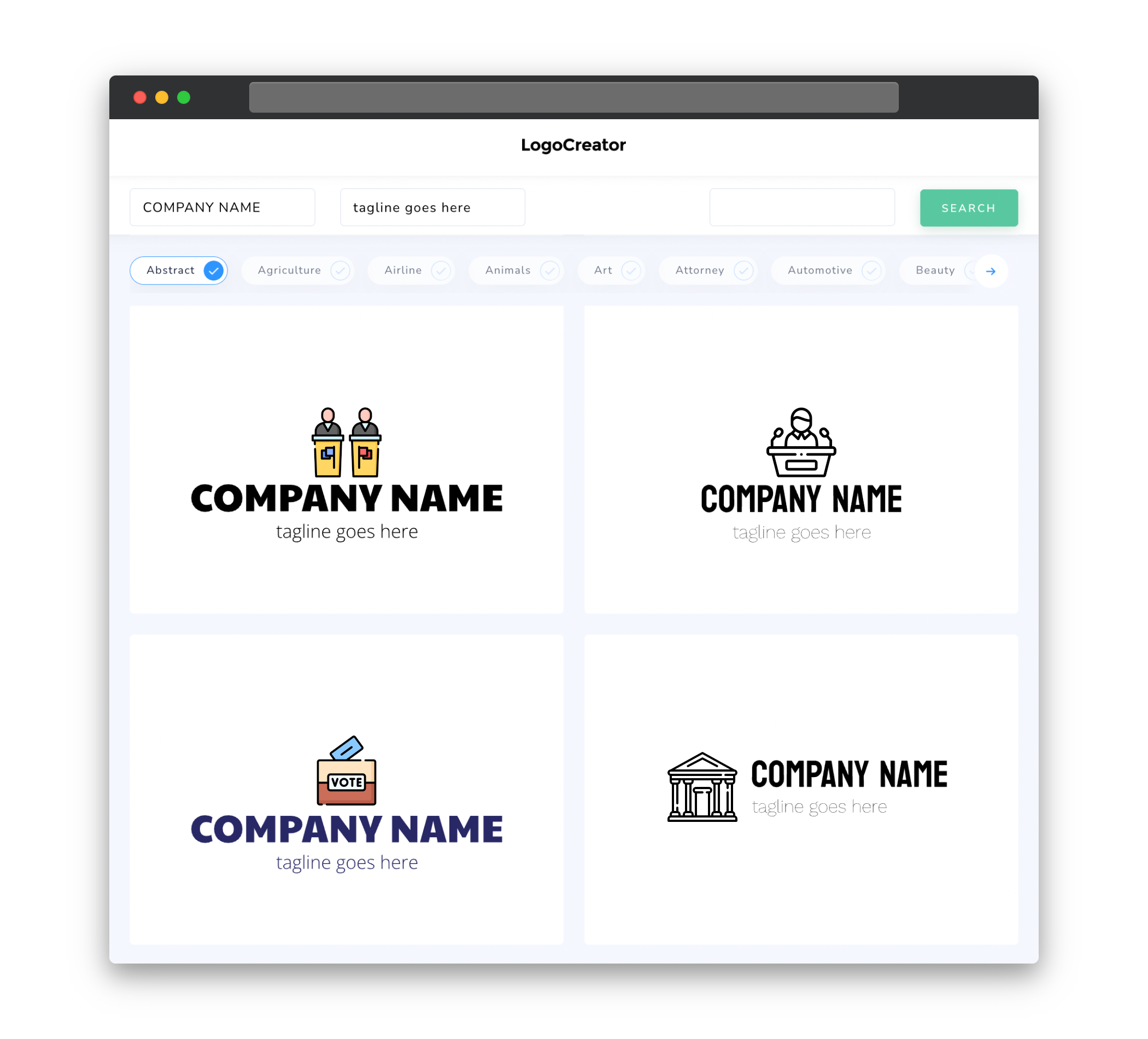Audience
When creating a political logo, it is crucial to understand your audience. Political logos are designed to resonate with voters, party members, and supporters, so it’s important to consider their preferences and values. Think about the demographics of your target audience, their political leanings, and the message you want to convey through your logo. Whether you are designing a logo for a political party, a candidate, or a political action committee, understanding your audience will help you create a logo that captures their attention and conveys your message effectively.
Icons
Icons play a significant role in political logos as they provide visual representation of key elements and values associated with a political party or candidate. Icons can range from well-known symbols such as an eagle or a hand shaking, to more abstract symbols that represent the core principles or issues of the political entity. The choice of icons should align with the brand identity and resonate with the target audience. It is important to strike a balance between simplicity and relevance, ensuring that the icon is easily recognizable and memorable.
Color
Colors have immense symbolic significance in political logos. They can evoke emotions, convey messages, and differentiate parties or candidates. When choosing colors for your political logo, consider the party’s or candidate’s brand identity, as well as the values and emotions you want to associate with it. Red, for example, is often associated with strength, power, and passion, while blue is associated with trust, stability, and serenity. It’s essential to choose colors that not only resonate with your audience but also have positive connotations and effectively convey the desired message.
Fonts
Typography plays a crucial role in political logos, as it helps set the tone and style of the message. The font you choose should align with the overall brand identity, the values it represents, and the target audience. Serif fonts often convey a sense of tradition, formality, and authority, which can work well for more established political entities or candidates. On the other hand, sans-serif fonts are often associated with modernity, simplicity, and progress, which can be appealing to younger audiences or parties positioning themselves as agents of change. Ultimately, the font choice should enhance legibility, convey the desired tone, and complement the other design elements of the logo.
Layout
The layout of a political logo is an important consideration, as it determines how all the elements come together to convey a cohesive message. The arrangement of icons, typography, and other design elements should be visually balanced and harmonious. The choice of layout can vary depending on the specific requirements of the logo. Some logos may opt for a more traditional layout with the icon positioned above or alongside the text, while others may choose a more creative or asymmetrical arrangement to stand out or reflect a specific message. The key is to create a logo that is visually appealing, easily recognizable, and effectively communicates the desired political message.
Usage
A political logo must be versatile and adaptable for various usage scenarios. Whether it’s for digital or print media, the logo should look clear and legible at different sizes and resolutions. It should be easily recognizable even when scaled down on social media icons or enlarged on campaign banners. Additionally, it’s important to consider how the logo will appear in different color schemes, such as black and white or grayscale. By designing a logo that is flexible and adaptable, you can ensure consistent branding across all platforms and effectively promote your political entity.



